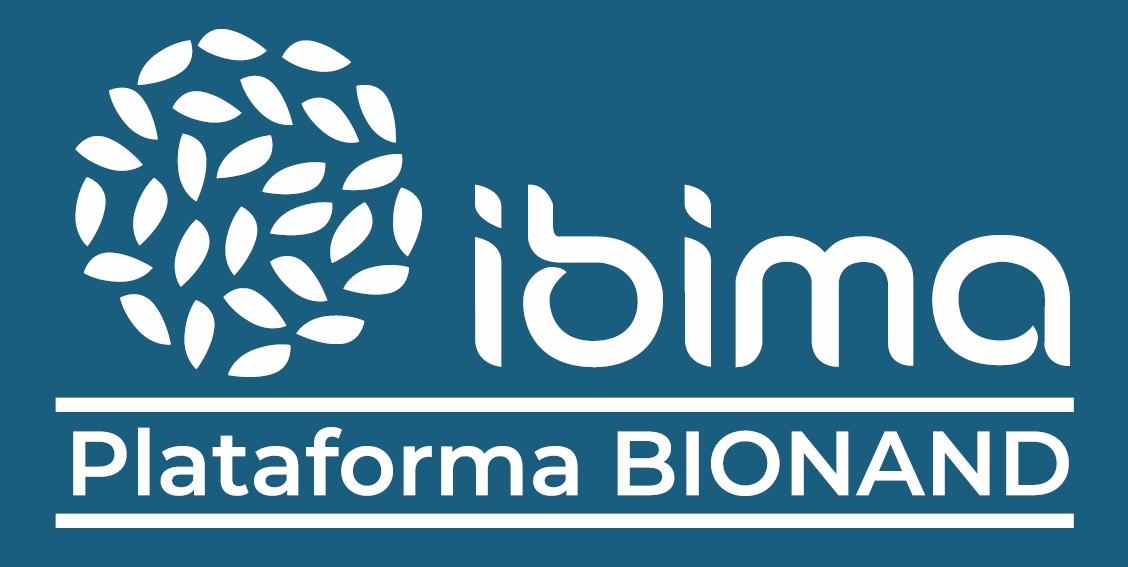-
The study involves researchers from IBIMA Plataforma BIONAND, the University of Malaga and the Virgen de la Victoria University Hospital.
Drug-induced liver injury (DILI) is a significant problem in modern medicine, as it can occur as a result of the use of a wide variety of drugs, with symptoms ranging from mild symptoms such as nausea or fatigue to much more serious conditions such as jaundice or fulminant liver failure, among others. It is a challenge for the scientific community to understand the underlying mechanisms in order to develop more effective strategies to prevent, diagnose and treat these sometimes potentially serious complications.
Researchers from the Instituto de Investigación Biomédica de Málaga y Plataforma en Nanomedicina (IBIMA Plataforma BIONAND), the Hospital Universitario Virgen de la Victoria, and the University of Málaga, within the framework of the European Cooperation in Science and Technology (COST) network ‘Prospective European Drug-Induced Liver Injury Network, Pro Euro DILI Network’, which is led by the Institute, with the participation of 24 countries, have carried out a study published in the journal ‘.Archives of Toxicology’ where the clinical features, clinical outcome and the main drugs involved in DILI associated with eosinophilia and systemic symptoms (DRESS) have been investigated.
A percentage of DILI cases may present severe dermatological reactions. The cases analysed in the present study, included in two prospective registries (Spanish Hepatotoxicity Registry and Latin American Hepatotoxicity Registry), were classified as DILI-DRESS cases, which were characterised by skin lesions and, in a high percentage, eosinophilia, which is an abnormal increase in a type of white blood cell called an eosinophil that can occur in response to certain medical conditions or allergic reactions.
The team of researchers who carried out this study belong to the group ‘Hepatogastroenterology, Pharmacology and Translational Clinical Therapeutics’, led by professionals from the Hospital Universitario Virgen de la Victoria and professors from the University of Malaga, Raúl J. Andrade and María Isabel Lucena. Dr. Andrade is also head of the Digestive System Service at the Hospital Universitario Virgen de la Victoria.
Within this research group, Ismael Álvarez, has specifically led this study, pointing out that it is ‘crucial to understand certain drugs that can affect the liver in different ways’, which is why he has assured that ‘thanks to this study, possible specific patterns of liver injury and risk factors associated with the DILI-DRESS clinical phenotype were identified, which will help to improve early identification and treatment of this condition’.
The results revealed that patients with DILI-DRESS more frequently presented with cholestatic/mixed liver damage - meaning problems with bile flow complications from the liver - and tended more frequently to require hospitalisation for a more severe clinical course than those patients with DILI without severe dermatological reactions.
In addition, distinctive patterns of causal drugs were identified, with antiepileptics as the most commonly associated drug class.
Inmaculada Medina, a researcher in the same research group, said that ‘the fact that antiepileptic drugs are the most frequent cause of DILI-DRESS in our cohort is significant,’ she said, noting that this fact ‘suggests the importance of closely monitoring patients receiving these drugs and being alert to possible si
In addition, the study also found that higher total bilirubin levels and the absence of eosinophilia were associated with an increased risk of worse prognosis in patients with DILI-DRESS. These findings reinforce the importance of early detection and proper management of this condition.
The team that conducted the study said they are committed to further advancing the understanding of drug-induced liver injury in order to improve the safety and efficacy of medical treatments and have a direct impact on patients' health, wellbeing and quality of life.
Científicos identifican que el ayuno alternante es más eficaz que la dieta hipocalórica tradicional
Un estudio del grupo de Obesidad, Diabetes y sus Comorbilidades revela que el ayuno alternante y la restricción horaria tardía son más eficaces a corto plazo que la dieta hipocalórica tradicional. Un nuevo estudio liderado por el Dr. Francisco J. Tinahones, director...



